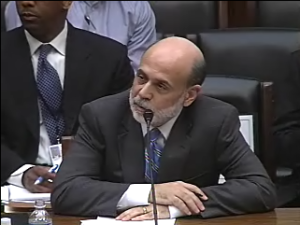 Why were central banks established? As Richard Salsman summarizes in his latest TOS article, “The End of Central Banking, Part I”:
Why were central banks established? As Richard Salsman summarizes in his latest TOS article, “The End of Central Banking, Part I”:
As government grows and spends more, politicians seek to avoid the electoral consequences of raising taxes and try to rely more on borrowing and printing money, policies that central banks uniquely facilitate.
In a speech delivered last fall, Jens Weidmann, president of the Deutsche Bundesbank of Germany, conceded essentially the same point [HT to Dr. Salsman for this quote]:
If central banks can potentially create an unlimited amount of money out of thin air, how can we ensure that money remains sufficiently scarce to preserve its value? Does this ability to create money more or less at will not create the temptation to take advantage of this instrument to create additional leeway short term, even at the risk of highly probable long-term damage?
Yes, this temptation certainly does exist, and many in monetary history have succumbed to it. Taking a look back in time, this was often the reason for establishing a central bank: to provide those in power with free access to seemingly unlimited financial resources.
As Salsman explains, central banks function to finance government welfare spending, not to stabilize the value of the currency or any such thing. See Salsman’s article for his rich account of the history and nature of central banking.
Meanwhile, with Ben Bernanke at the helm of America’s central bank, brace yourself for more “highly probable long-term damage.”
Like this post? Join our mailing list to receive our weekly digest. And for in-depth commentary from an Objectivist perspective, subscribe to our quarterly journal, The Objective Standard.
Related:
Image: Wikimedia Commons


![[TEST] The Objective Standard](https://test.theobjectivestandard.com/wp-content/uploads/2017/10/logo.png)












